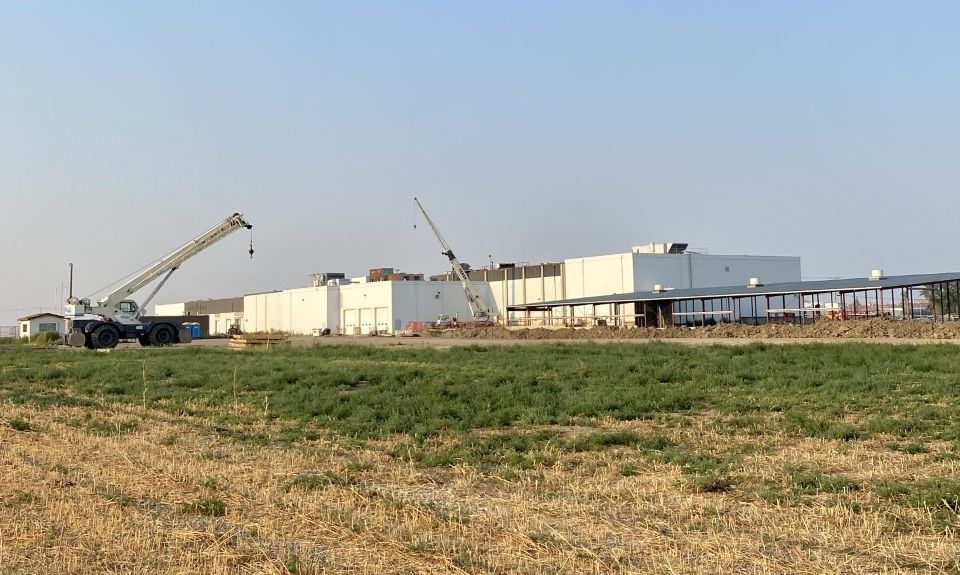The old XL Beef plant is now undergoing renovations to become Western Canada’s only sow processing plant.
B.C.-based company Donald's Fine Foods purchased the plant sometime in 2020.
Donald's Fine Foods, which also owns Thunder Creek Pork Plant, launched a feasibility study in May 2020 to consider the extent of necessary renovations and financial elements of the new plant.
The study concluded that the sow plant project would effectively respond to the demand for a Western Canadian-based sow plant and would significantly benefit the local community of Moose Jaw.
“Right now, in Western Canada, there is nothing which would allow a high throughput like this facility could allow. This would likely draw sows from all the western provinces,” said Mark Ferguson, general manager of the Saskatchewan Pork Development Board.
There are approximately 200,000 culled sows in Western Canada per year, a large number of which could go to this plant. The vast majority of culled sows from the western Prairie provinces are exported for slaughter to the United States due to the lack of processing capabilities in Western Canada.
“The current problem from the producer’s standpoint is that it is costly to transport sows to the midwestern United States. It comes out of the producer’s pocket in the end. Having a local facility will also play a benefit to the welfare of the animals, as they will not be transported as far.” said Ferguson.
In recent years, pork producers who have sent their culled sows to the U.S. to be processed have paid between $40-70 per animal. Once the plant is built in Moose Jaw, Western Canadian pork producers will likely forgo some of the transportation expenses associated with shipping the animals.
Although there are other pork processing plants throughout Western Canada, Ferguson explained that the current venues could only process market hogs.
The main difference in equipment between a sow processing plant and a pork plant is the difference in size between cull sows and market hogs. A live market hog typically weighs around 250 to 275 pounds; a sow weighs between 300 to 600 pounds — the sheer difference in size results in a need for larger equipment throughout the plant.
Another difference between the two kinds of venues lies in the types of cuts produced. Market hogs, leaner, more muscled animals, tend to be used for fresh pork cuts. These cuts are primarily exported and require less processing of the final product. Sows, by contrast, are typically used for ground pork and sausages, which take a very different kind of processing equipment.
The plant will also generate revenue for the local economy by creating around 100 new jobs, a sizable economic generator for the city and its residents. Once the plant is in operation, Moose Jaw will also be well-positioned as a key location in the Canadian pork industry.



